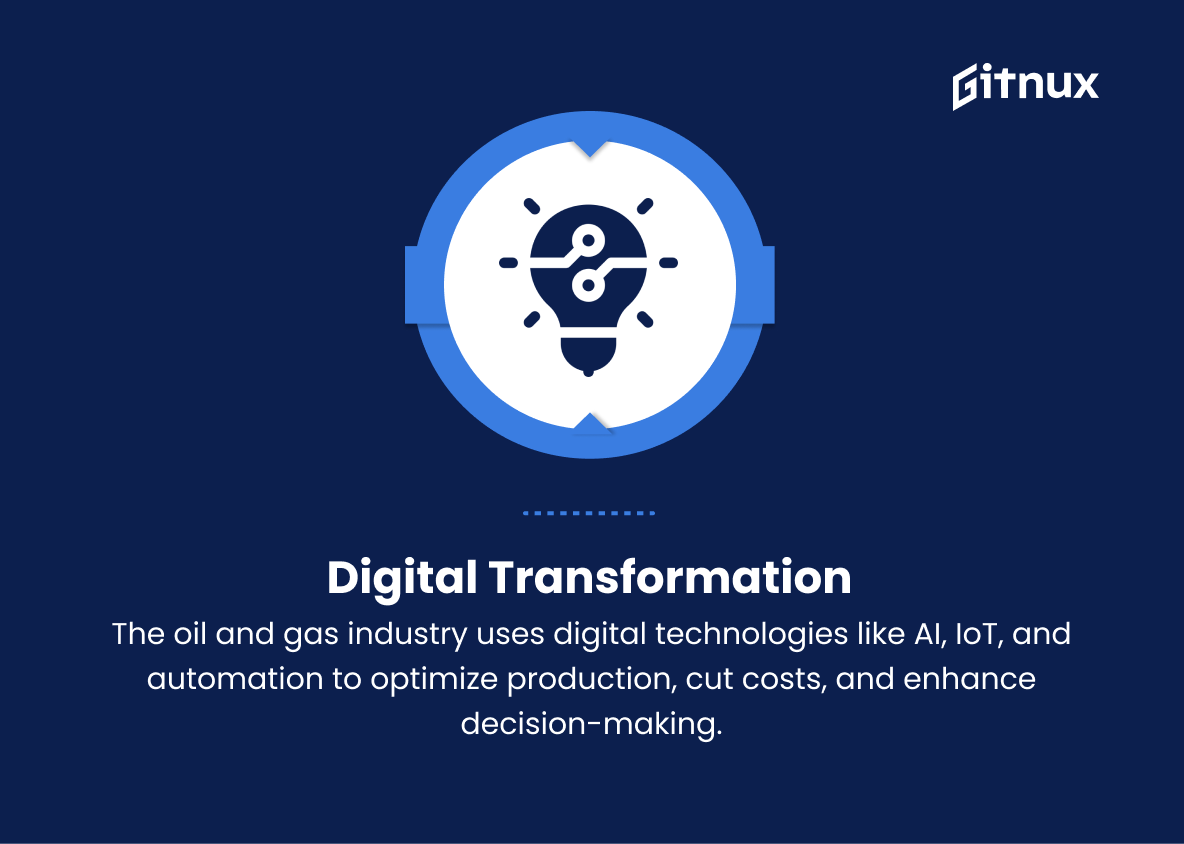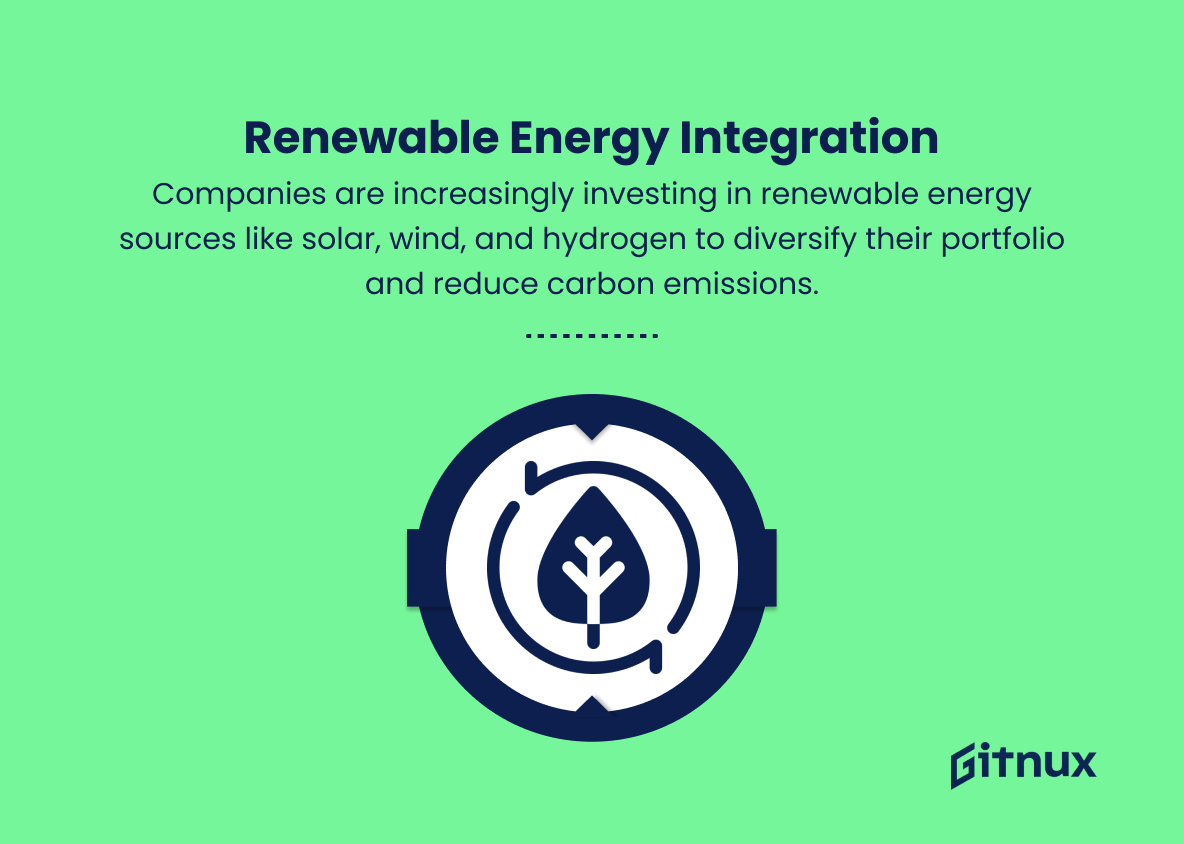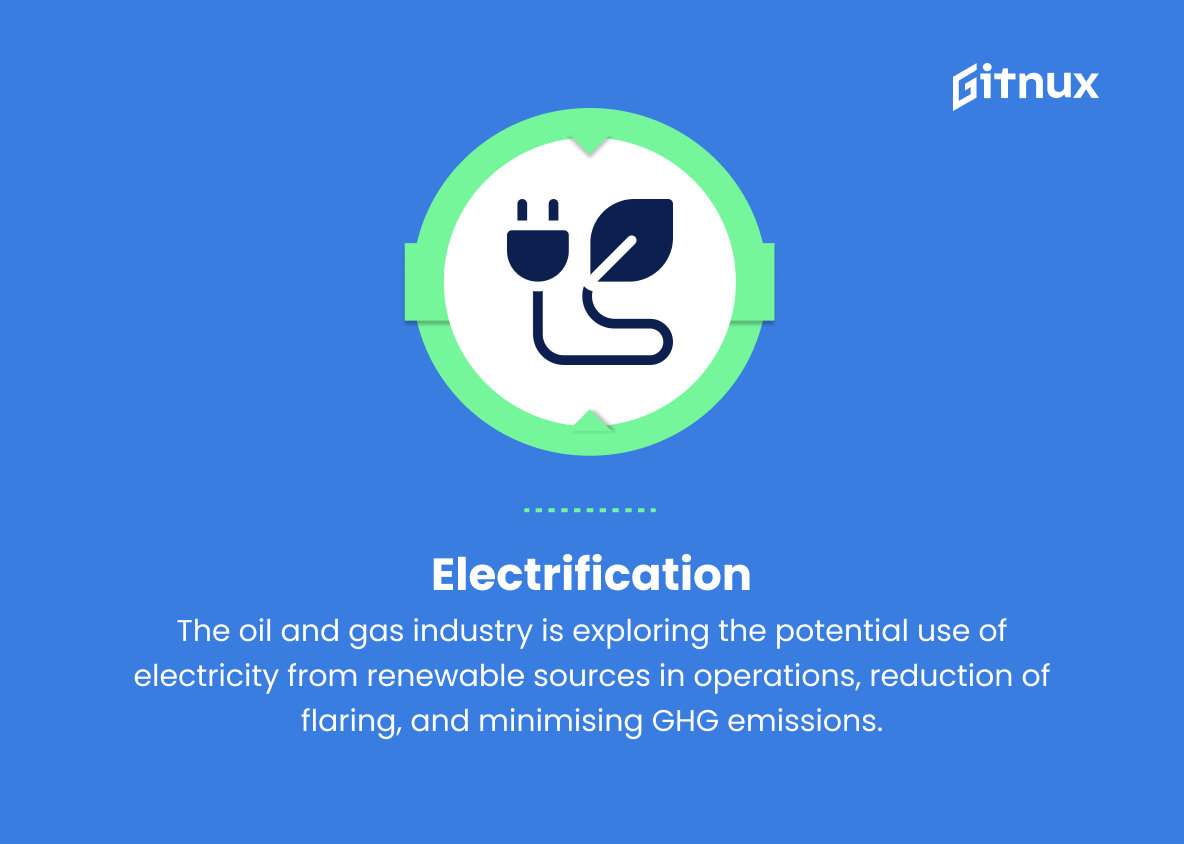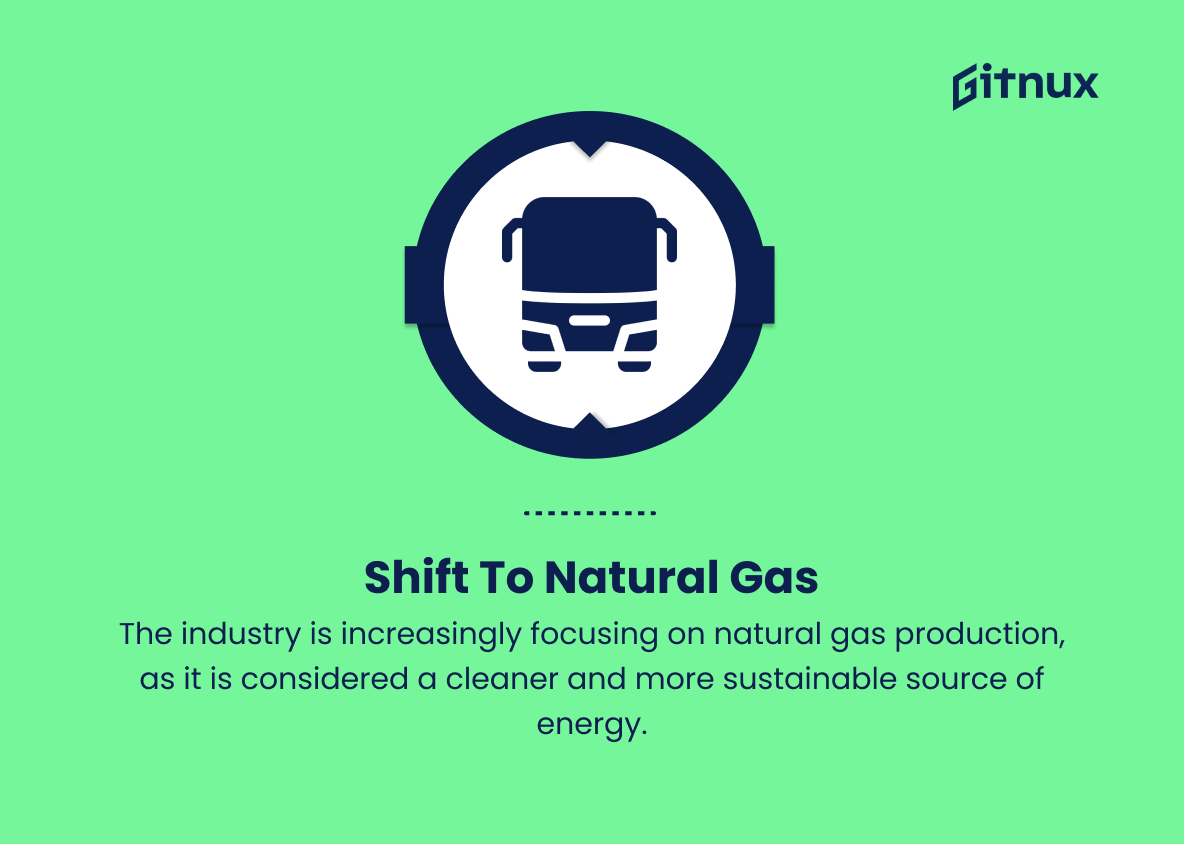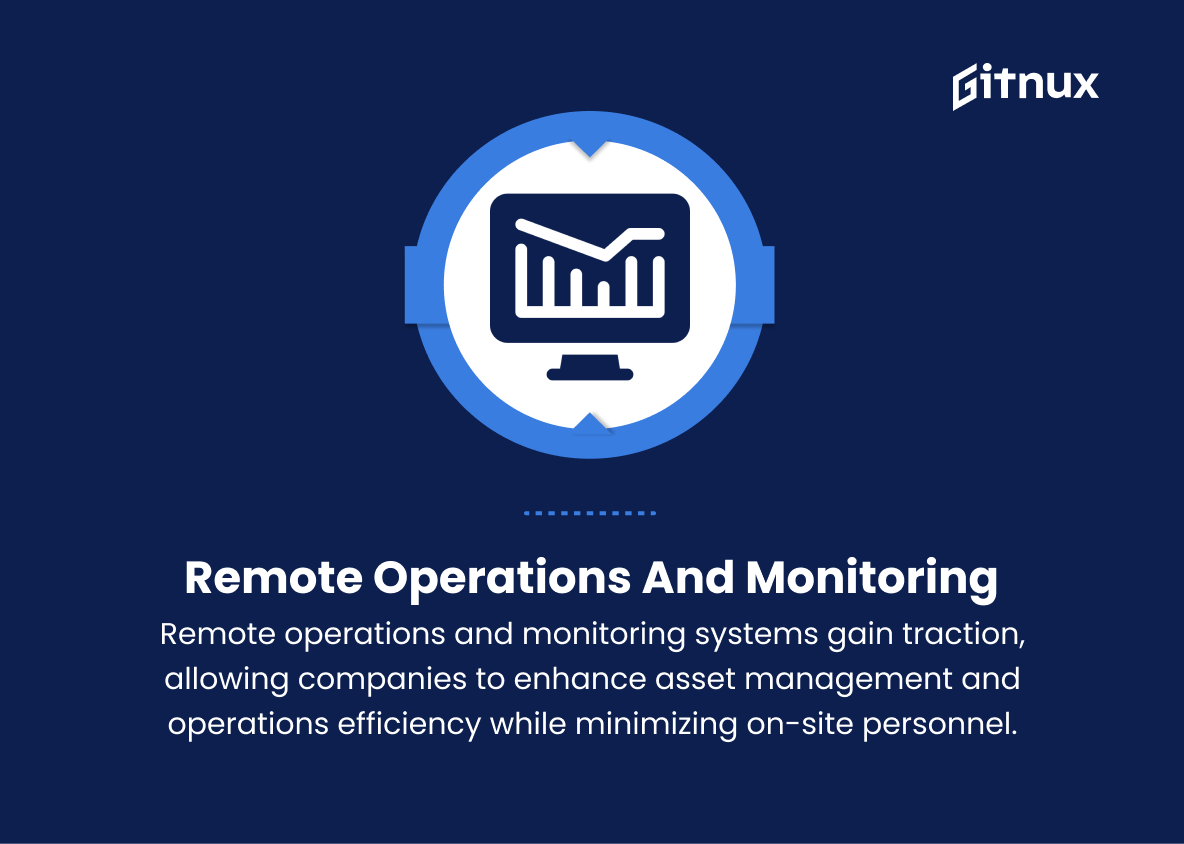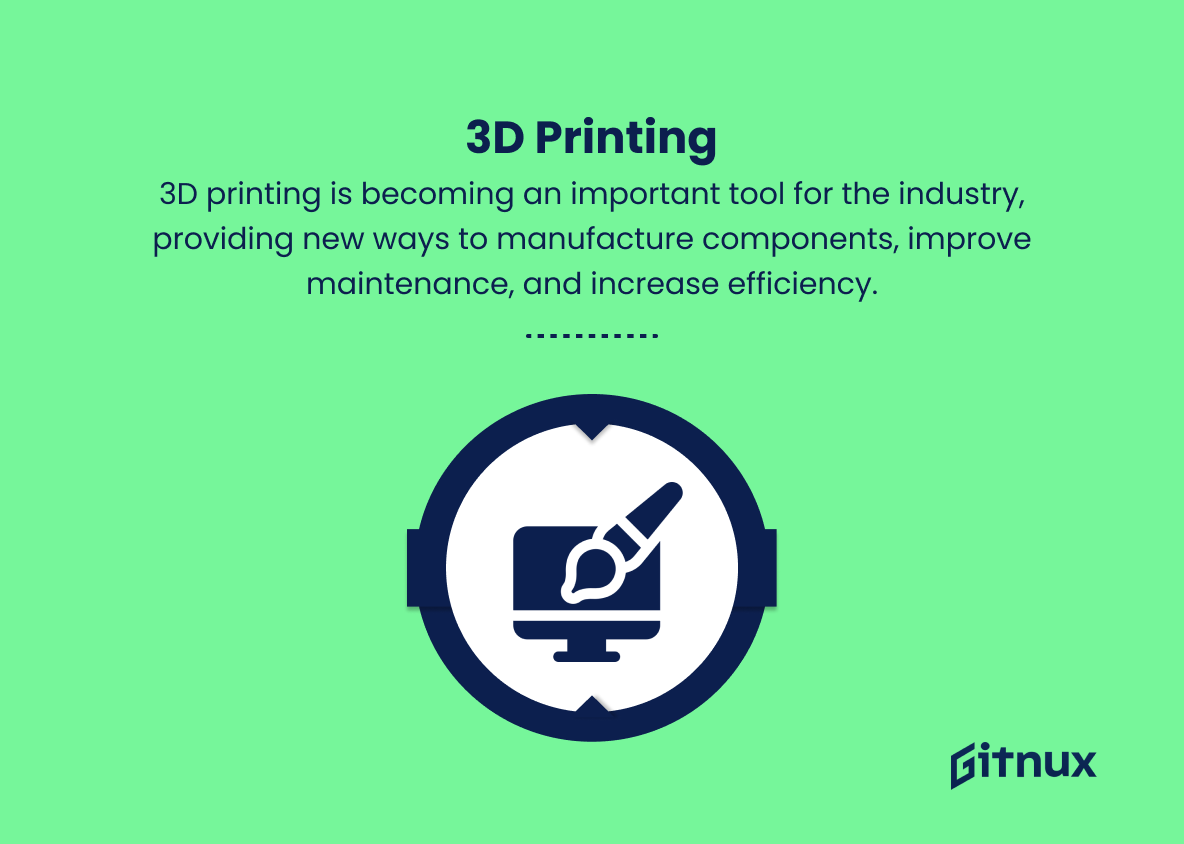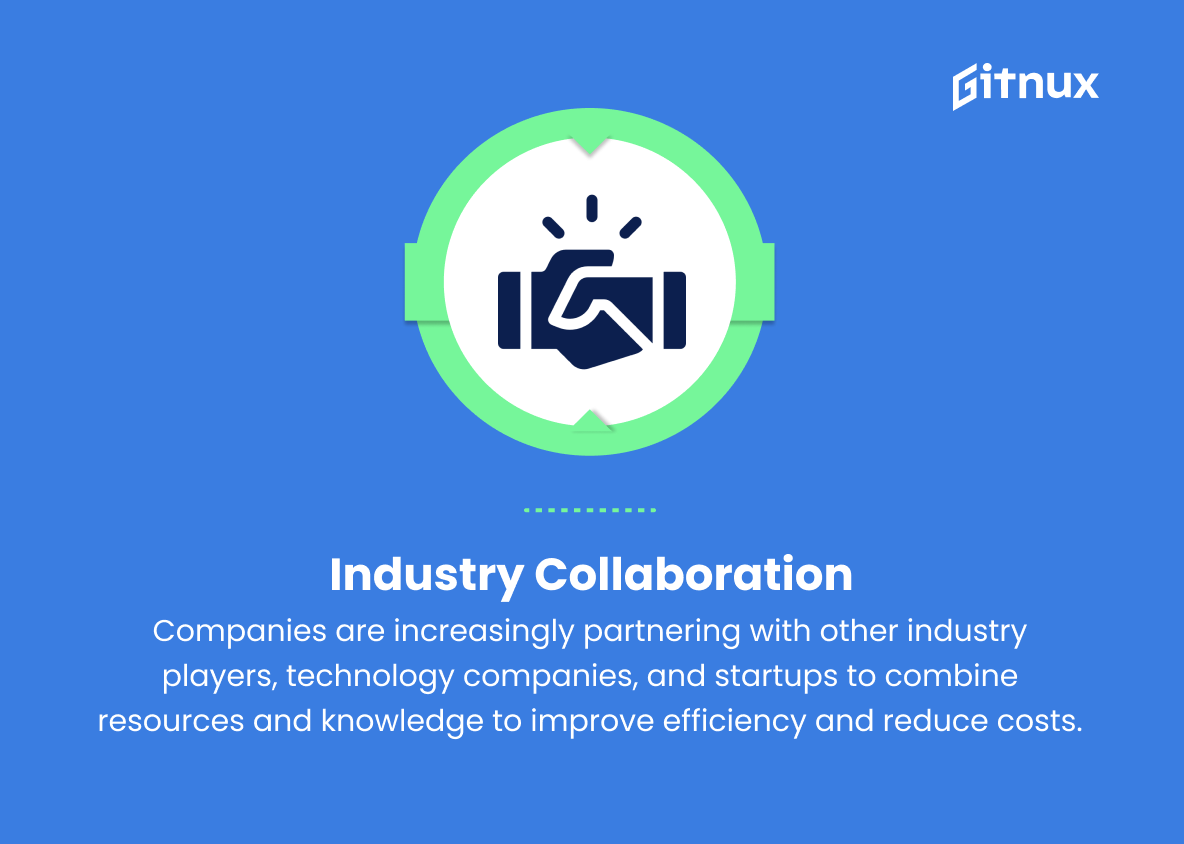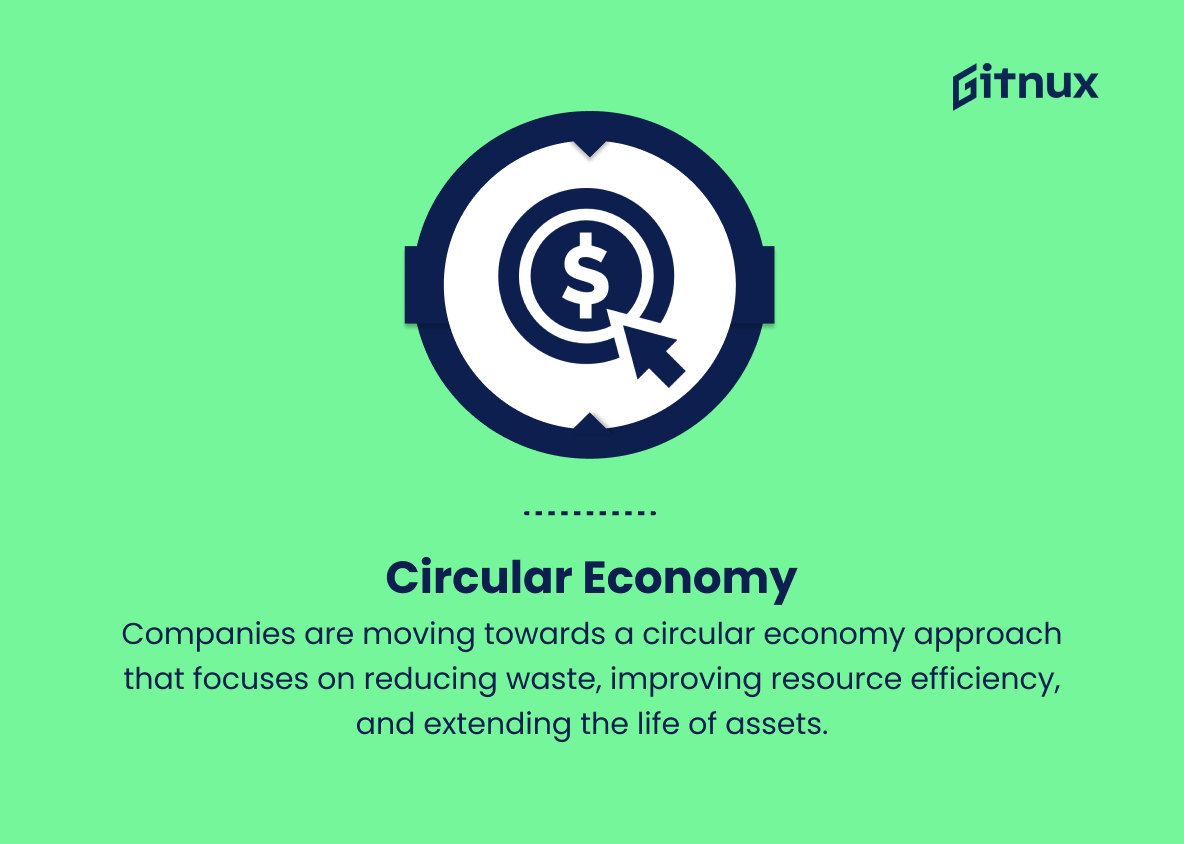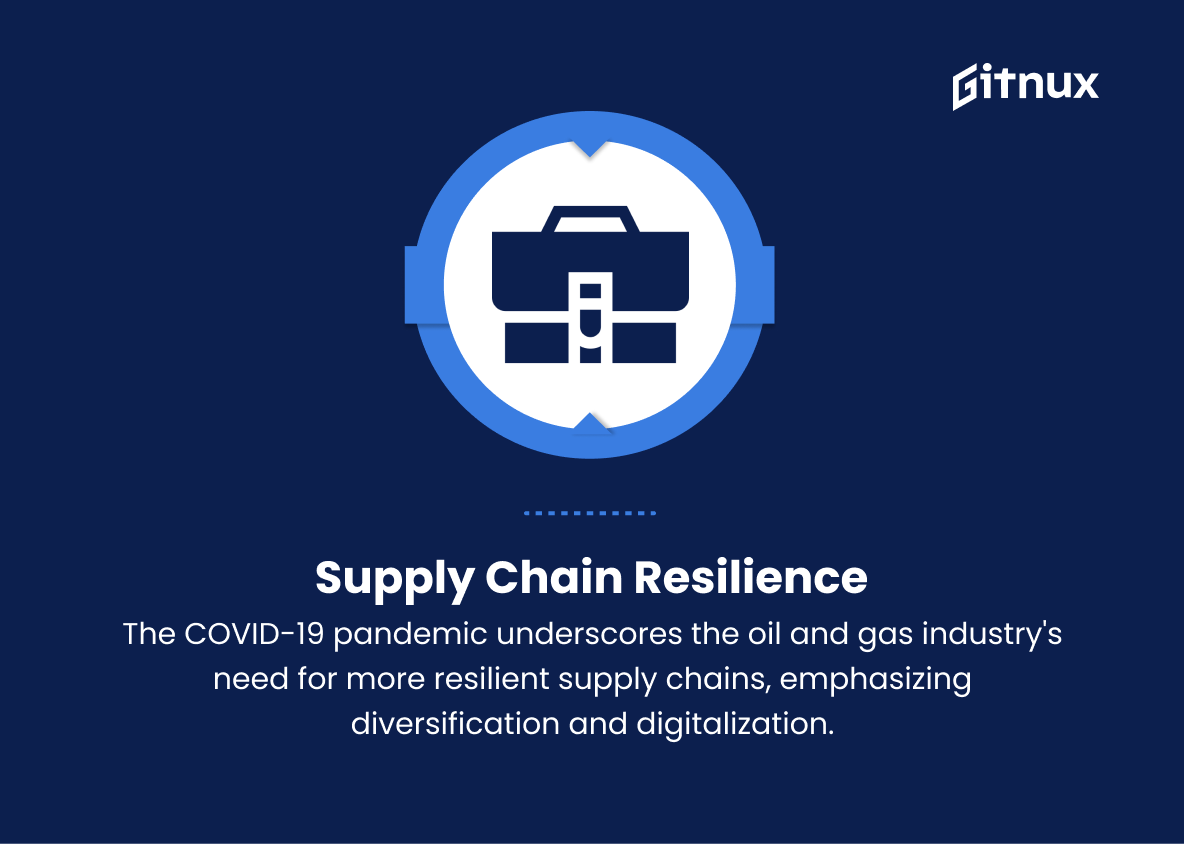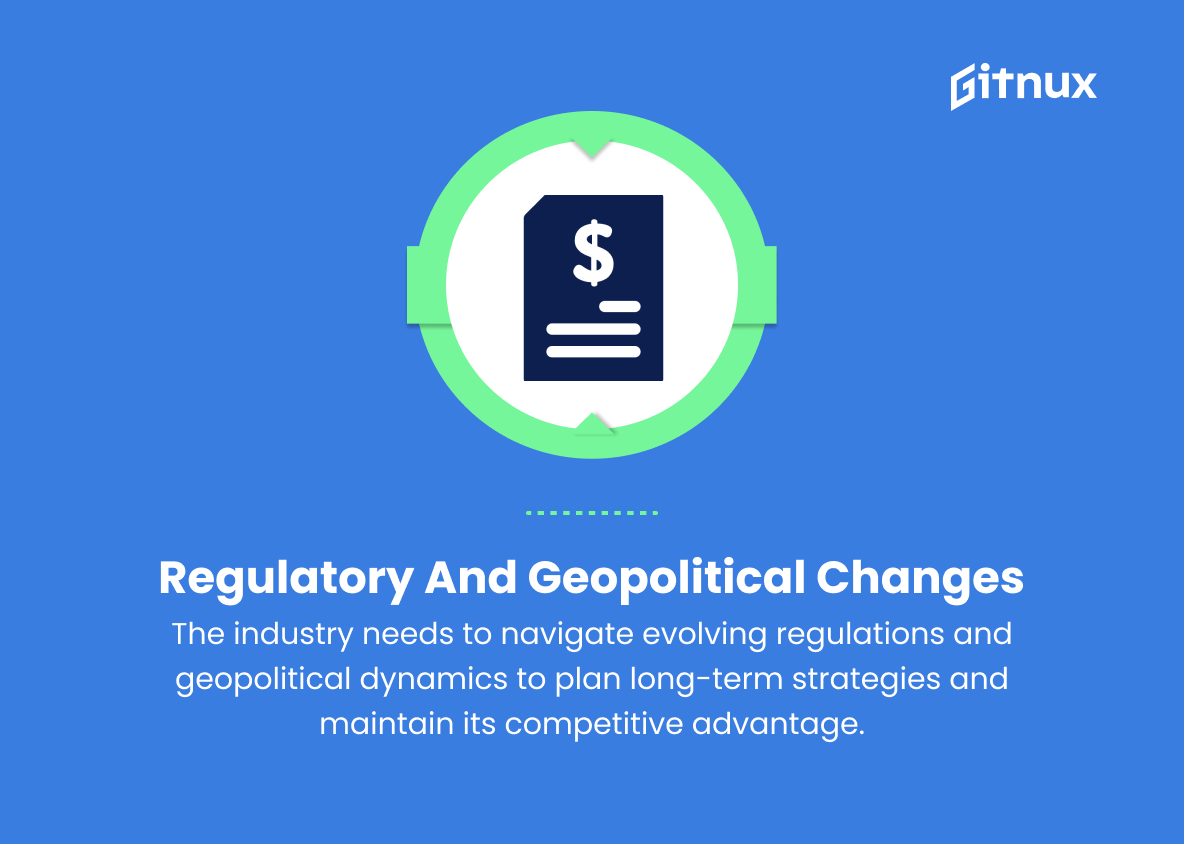The Oil and Gas industry has long been a cornerstone of global economic growth, powering the ever-evolving progress of modernity. As an industry that is both a catalyst and a reflection of our world’s rapid transformations, it remains critical for stakeholders to stay well-informed about its latest trends and insights.
In this blog post, we delve deep into the vital aspects shaping the Oil and Gas industry today, exploring technological advancements, environmental concerns, geopolitical influences, and market dynamics that directly impact the future of the sector. Join us as we take you on a comprehensive journey through the factors driving the energy landscape, and discover what lies on the horizon for this pivotal industry.
Top Oil & Gas Industry Trends
1. Digital transformation
The oil and gas industry is leveraging digital technologies such as artificial intelligence, internet of things, and automation to optimize production, reduce costs, and improve decision-making.
2. Renewable energy integration
Companies are increasingly investing in renewable energy sources like solar, wind, and hydrogen to diversify their portfolio and reduce carbon emissions.
3. Electrification
The oil and gas industry is exploring the potential use of electricity from renewable sources in operations, reduction of flaring, and minimising GHG emissions.
4. Advanced analytics
Advanced analytics and big data are massively employed to analyse huge volumes of data generated by the industry to identify trends, optimize processes, and improve efficiency.
5. Shift to natural gas
The industry is increasingly focusing on natural gas production, as it is considered a cleaner and more sustainable source of energy.
6. Carbon capture utilisation and storage (CCUS)
To reduce the greenhouse gas emissions, companies are increasingly investing in CCUS technologies that capture carbon dioxide and utilize it for enhanced oil recovery or store it safely underground.
7. Remote operations and monitoring
Remote operations and monitoring systems are gaining popularity in the industry, enabling companies to manage their assets and operations more effectively while reducing on-site personnel.
8. 3D printing
3D printing is becoming an important tool for the industry, providing new ways to manufacture components, improve maintenance, and increase efficiency.
9. Industry collaboration
Companies are increasingly partnering with other industry players, technology companies, and startups to combine resources and knowledge to improve efficiency and reduce costs.
10. Safety and operational improvements
Advanced technologies like drones, robotics, and virtual reality are being utilized to enhance safety and productivity in oil and gas operations.
11. Circular economy
Companies are moving towards a circular economy approach that focuses on reducing waste, improving resource efficiency, and extending the life of assets.
12. Workforce transformation
As the industry evolves, the demand for a digitally skilled workforce increases, requiring training and upskilling existing employees and attracting new talent.
13. Supply chain resilience
The COVID-19 pandemic has highlighted the need for greater supply chain resilience within the oil and gas industry, emphasising the importance of supply chain diversification and digitalisation.
14. Decarbonization
In line with global climate change goals, the industry is taking steps to reduce its environmental impact and invest in decarbonization initiatives.
15. Regulatory and geopolitical changes
The industry needs to navigate evolving regulations and geopolitical dynamics to plan long-term strategies and maintain its competitive advantage.
Implications
The oil and gas industry is undergoing a significant transformation driven by trends such as digitalisation, renewable energy integration, and the push for sustainability. The adoption of advanced technologies like AI, IoT, and automation enables more efficient operations, cost reduction, and improved decision-making. Companies are expanding their renewable energy portfolios with solar, wind, and hydrogen, while exploring electrification opportunities to reduce their carbon footprint. The rise of big data and advanced analytics allows for better insights and process optimisation.
A shift towards natural gas production reflects the focus on cleaner and more sustainable energy sources. Simultaneously, investment in carbon capture, utilisation, and storage technologies helps combat greenhouse gas emissions. The industry’s landscape is continuously shaped by remote operations and monitoring, as well as innovations like 3D printing, drones, robotics, and virtual reality for optimising safety and operational efficiency. Collaboration between companies, technology providers, and startups is increasingly paramount for resource pooling and knowledge sharing. The move towards a circular economy calls for initiatives that minimise waste, enhance resource efficiency, and extend asset life.
Workforce transformation, upskilling, and attracting digital talent become essential to keep pace with the industry’s evolution. Supply chain resilience and diversification emerge as critical lessons from the COVID-19 pandemic. Decarbonization initiatives and navigating regulatory and geopolitical changes present ongoing challenges that the industry must face in order to maintain its competitive advantage and contribute positively to global climate goals.
Conclusion
In conclusion, the Oil & Gas Industry is undergoing significant transformations driven by technological advancements, shifting market demands, and increasing environmental concerns. As the landscape evolves, stakeholders must adapt and innovate to remain competitive and ensure the industry’s long-term sustainability. Stakeholders must also recognise the need for collaboration and open dialogue to address critical issues and foster responsible development.
The focus on reducing carbon emissions, investing in renewable energy sources, and employing energy-efficient technologies will be paramount in shaping the industry’s future. Operational excellence, technological integration, and proactive environmental stewardship are essential elements in securing a sustainable and prosperous future for the Oil & Gas Industry. Ultimately, stakeholders must continue to strike a balance between meeting global energy needs, ensuring energy security, and minimising the industry’s overall environmental impact.
